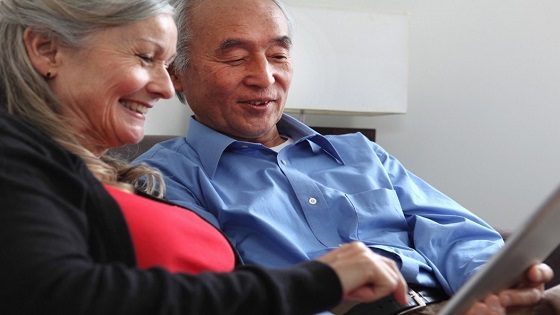 Pension Freedoms – Looking for a wider choice of investment options?
Pension Freedoms – Looking for a wider choice of investment options?
Saving for your retirement is one of the longest and biggest financial commitments you will ever make. Imagine you’re retiring today. Have you thought about how you’re going to financially support yourself (and potentially your family too) with your current pension savings? The pension freedoms introduced in 2015 provide even more of an incentive to look again at your retirement savings.
If appropriate to your particular situation, one option to consider is a Self-Invested Personal Pension (SIPP), especially if you’re looking for a wider choice of investment options. It’s an option for people who are more comfortable with investment risk and who have more time to regularly review their pension investments to make sure they continue to meet their needs.
Range and flexibility of investment
First introduced in 1989, this structure provides a range and flexibility of investment that makes a SIPP one of the most flexible methods of saving for retirement.
UK residents can invest money into a SIPP up until the age of 75, and start withdrawing money from as early as 55 (57 from 6 April 2028). Tax relief is available on personal contributions up to £3,600 or 100% of relevant UK earnings (whichever is greater), with tax-efficiency also subject to the pension annual allowance, which is £40,000 for most people and applies to contributions from all sources, including employer. Any unused allowance from previous years may mean more than £40,000 can be contributed tax-efficiently.
Saving for a child or grandchild
Parents can also open a Junior SIPP for their children. It may seem a little premature to start putting money into a SIPP for your child or grandchild at birth, but the tax relief that is available on the contributions makes this a particularly attractive way to save for your child’s future. The money is tied up until they reach retirement age, so this money will not be accessed any time soon.
As with all Defined Contribution pension schemes, the amount that you will have available when you retire depends on the contributions that you (and any employers) have made and how your investments perform over time.
Bring everything together in one place
If you’ve got several pensions, it could make sense to bring everything together in one place. Even if the amounts are small, it all adds up. You can transfer most types of pensions to a SIPP and combine them, letting you manage your pension pot in one place. But SIPPs are not suitable for every investor and other types of pensions may be more appropriate. Once in a SIPP wrapper, your savings will grow free from UK Income Tax and Capital Gains Tax.
Just starting your pension journey?
Investing your retirement savings in a SIPP may not be for everyone. If you are not sure which type of pension scheme is best for you, it’s essential you obtain professional financial advice to review your options. To find out more about pension freedoms and to discuss your options – please contact us.



